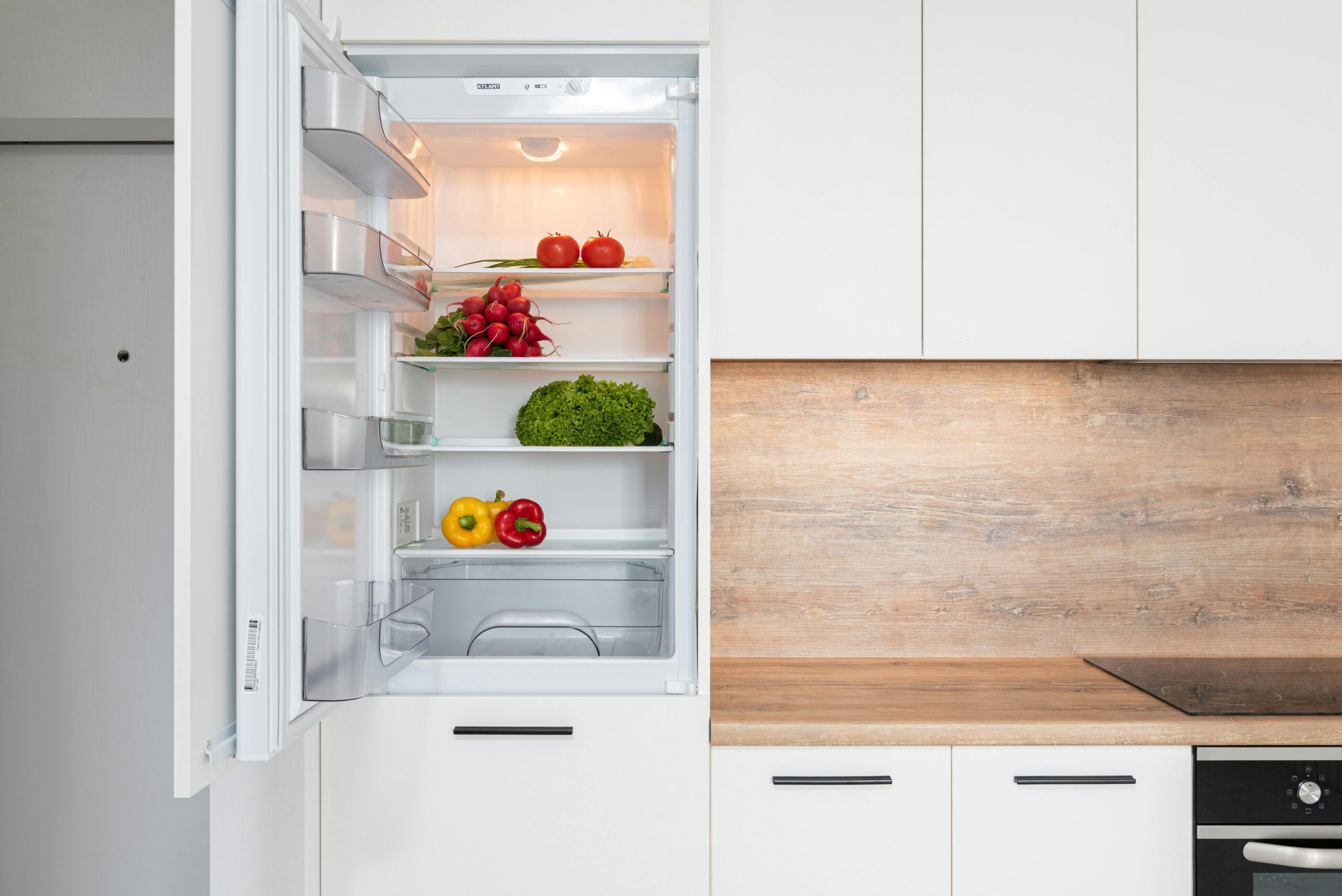Your refrigerator and freezer are essential appliances that work around the clock to keep your food fresh and safe. However, without regular maintenance and proper organization, these cooling workhorses can become breeding grounds for bacteria, unpleasant odors, and food waste. A thorough deep clean of your kitchen appliances not only ensures food safety but also improves efficiency and extends the life of your refrigerator and freezer. This comprehensive guide will walk you through the process of cleaning, organizing, and maintaining these vital appliances for optimal performance and food preservation.
Why Regular Refrigerator and Freezer Cleaning Matters
The importance of maintaining clean cooling appliances extends beyond simple aesthetics. Food safety experts recommend deep cleaning your refrigerator at least once every three months, with spot cleaning as needed. When food spills are left unattended, they can cross-contaminate other foods and create breeding grounds for harmful bacteria. Additionally, a disorganized fridge often leads to forgotten items that spoil and contribute to unpleasant fridge odors. An organized refrigerator not only prevents these issues but also helps you save money by reducing food waste and improving energy efficiency. The process of cleaning refrigerator freezer units might seem daunting, but with a systematic approach, it becomes a manageable task that yields significant benefits for your household’s health and budget.
Preparing for Your Deep Clean
Before diving into the cleaning process, gather all necessary supplies and create a plan. You’ll need mild dish soap or a specialized appliance cleaner, baking soda, microfiber cloths, a small brush for crevices, and a cooler to temporarily store perishable items. The ideal time for a deep clean kitchen appliances project is when your refrigerator is relatively empty, perhaps before a grocery shopping trip. Begin by turning off the refrigerator and freezer or unplugging the unit if possible. Remove all food items, discarding anything that’s expired or questionable. Use the cooler to store perishable items that need to remain cold during the cleaning process. This preparatory stage is crucial for an efficient cleaning session and ensures that your food stays safe throughout the process.
The Step-by-Step Cleaning Process
The actual cleaning begins with removing all removable parts such as shelves, drawers, and door bins. Wash these components in warm, soapy water, being careful with glass shelves that may crack if exposed to extreme temperature changes. For stubborn stains, create a paste of baking soda and water. While the removable parts air dry, tackle the interior surfaces of your refrigerator and freezer. Use a solution of equal parts water and white vinegar to wipe down all surfaces, paying special attention to corners and crevices where crumbs and liquids tend to accumulate. For freezer cleaning, defrost completely before wiping down surfaces. A deep clean of kitchen appliances like the refrigerator interior should include sanitizing the door gaskets, which can harbor mold and bacteria. Once all surfaces are clean and dry, return the shelves and drawers to their places.
Strategic Organization for Food Safety and Efficiency
Organizing your fridge for food safety isn’t merely about aesthetics—it’s a crucial aspect of preventing foodborne illness. The basic rule of thumb is to store raw meats, poultry, and seafood on the lowest shelf to prevent their juices from dripping onto other foods. Dairy products belong on upper shelves where temperatures are most consistent, while fruits and vegetables should be stored in their designated drawers with appropriate humidity settings. Keep condiments and other less perishable items in the door where temperatures fluctuate most. Consider implementing food storage tips for fridge efficiency, such as using clear containers to improve visibility and labeling items with dates. Group similar items together and designate specific areas for leftovers to ensure they’re consumed promptly. This strategic organization maximizes your refrigerator’s efficiency while minimizing the risk of cross-contamination.
Maintaining Freshness and Preventing Odors
To prevent fridge odors between deep cleanings, place an open box of baking soda on a shelf to absorb unpleasant smells. Replace it every three months for maximum effectiveness. Wipe up spills immediately to prevent odor-causing bacteria from establishing themselves in your refrigerator. Regular maintenance also includes checking and adjusting temperature settings—your refrigerator should be at or below 40°F (4°C), while your freezer should be at 0°F (-18°C). For persistent odor issues, try placing activated charcoal, coffee grounds, or a cotton ball soaked in vanilla extract in your refrigerator. These natural deodorizers can help maintain freshness between deep cleanings. If you’re facing particularly challenging cleaning issues, AskHomey offers specialized advice and can connect you with professional cleaning services experienced in deep cleaning kitchen appliances.
Establishing a Regular Maintenance Schedule
Creating a maintenance routine keeps your refrigerator and freezer in optimal condition between deep cleanings. Set a weekly reminder to check for expired foods and wipe down frequently touched surfaces like handles. Monthly tasks should include checking door seals for proper alignment and cleaning the front grille to remove dust buildup that can reduce efficiency. Every three to six months, perform a complete deep clean as outlined above. Additionally, don’t forget about the exterior of your appliances, including the top surface which often collects dust and grease. Regular cleaning and organization ensures your refrigerator and freezer operate efficiently, keeps your food safe, and extends the lifespan of these essential kitchen appliances.
For more tips and to connect with reliable home service professionals, follow AskHomey on Facebook and Instagram.



